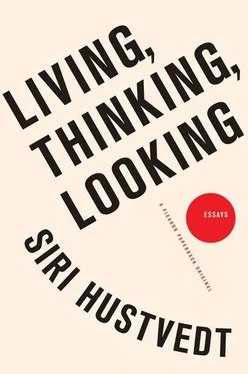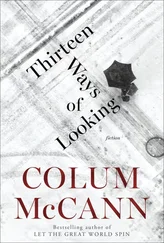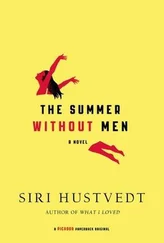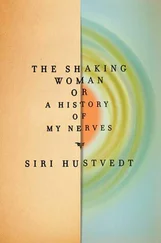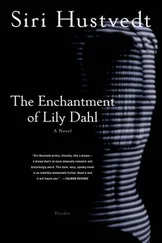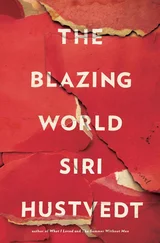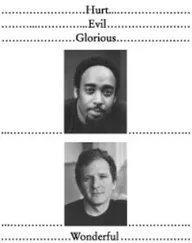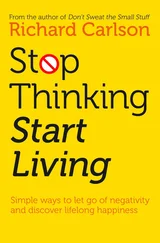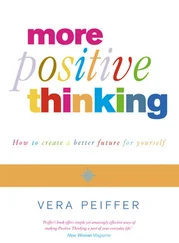The journey from naked savage to modest, empathetic little person to independent adult is also a story of brain development. From birth to around the age of six, a child’s prefrontal cortex develops enormously, and how it develops depends on her environment — which includes everything from poisons in the atmosphere to how her parents care for her. It is now clear from research that an adolescent’s brain also undergoes crucial changes and that emotional trauma and deprivation, especially when repeated, can leave lasting, detrimental imprints on the developing brain. The prefrontal cortex is far more developed in human beings than in other animals and is often referred to as the “executive” area of the brain, a region involved in evaluating and controlling our feelings and behavior.
Twenty years ago, I stumbled across the story of Phineas Gage in a neurology textbook. In 1849, the railroad foreman suffered a bizarre accident. A four-foot iron rod rammed into his left cheek, blasted through his brain, and flew out through the top of his head. Miraculously, Gage recovered. He could walk, talk, and think, but along with a few cubic centimeters of the ventromedial region of his frontal lobe, he lost his old self. The once considerate, highly competent foreman became impulsive, aggressive, and callous with other people. He made plans, but could never carry them out. Fired from one job after another, his life deteriorated, and he wandered aimlessly until he died in San Francisco in 1861. This story haunted me because it suggested an awful thing: moral life could be reduced to a chunk of brain meat.
I remember asking a psychoanalyst about this story not long after I had read it. She shook her head: It wasn’t possible. From her point of view, the psyche had nothing to do with the brain — ethics simply don’t vanish with gray matter. But I now think of the Phineas story differently. Gage lost what he had gained earlier in his life — the capacity to feel the higher emotions of empathy and guilt, both of which inhibit our actions in the world. After his injury he turned into a kind of moral infant. He could no longer imagine how his actions would affect others or himself, no longer feel compassion, and without this feeling, he was fundamentally handicapped, even though his cognitive capacities remained untouched. He behaved like the classic psychopath who acts on impulse and feels no remorse.
In Decartes’ Error, the neurologist Antonio Damasio retells the story of Phineas Gage and compares his case to that of one of his patients, Elliot, who, after surgery for a malignant brain tumor, suffered damage to his frontal lobes. Like Gage before him, Elliot could no longer plan ahead and his life fell apart. He also became strangely cold. Although his intellectual faculties appeared to work well, he lacked feeling, both for himself and for others. Damasio writes: “I found myself suffering more when listening to Elliot’s stories than Elliot himself seemed to be suffering.” 1After doing a series of experiments on his patient, Damasio theorizes about what my mother took for granted: emotion not only enhances decision-making in life, it is essential to it.
Sometimes, however, I don’t know what I really want. I have to search myself, and that search involves both a visceral sense of what I feel and a projection of myself into the future. Will I regret having accepted that invitation? Am I succumbing to pressure from another person that will fill me with resentment later? I feel furious after reading this e-mail now, but haven’t I learned that waiting a couple of days before I respond is far wiser than sending off a splenetic answer right now? The future is, of course, imaginary — an unreal place that I create from my expectations, which are made from my remembered experiences, especially repeated experiences. Patients with prefrontal lesions exhibit the same curious deficits. They can pass all kinds of mental cognition tests, but something crucial is still missing. As A. R. Luria notes in Higher Cortical Functions in Man (1962), “… clinicians have invariably observed that, although the ‘formal intellect’ is intact, these patients show marked changes in behavior.” 2They lose the critical faculty to judge their own behaviors, and lapse into a bizarre indifference about themselves and others. I would argue that something has gone awry with their emotional imaginations.
A couple of years after that conversation with my mother in the car, I was skiing with my cousin at a resort in Aspen, Colorado. Early one evening, I found myself alone at the top of a steep slope made more frightening by the mini-mountains on its surface known as moguls. I wasn’t a good enough skier to take that hill, but I had boarded the wrong chairlift. There was only one way out for me and that was down. As I stood there at the summit looking longingly at the ski chalet far below, I had a revelation: I understood then and there that I didn’t like skiing. It was too fast, too cold. It scared me. It had always scared me. One may wonder how it is possible for a young woman of seventeen not to have understood this simple fact about her existence until faced with a crisis. I come from a Norwegian family. My mother was born and raised in that northern country and my father’s grandparents emigrated from Norway. In Norway, people say that children ski before they walk, an overstatement that nevertheless brings the point home. The idea that skiing might not be fun, might not be for everyone, had never occurred to me. Where I come from, the sport signified pleasure, nature, family happiness. As these thoughts passed through my mind, I noticed that the chairlifts were closing and the sky was darkening. I took a breath, gave myself a push with my poles, and went over the edge. About half an hour later, a patrol on a snowmobile discovered me lying in a heap under a mogul, minus a ski, but otherwise intact.
Ridiculous as the story is, its implications are far reaching. We sometimes imagine we want what we don’t really want. A way of thinking about something can become so ingrained, we fail to question it, and that failure may involve more than a tumble on a ski slope. The friend who returns repeatedly to a man who mistreats her is in the grip of a familiar, self-defeating desire in which the imagined future has been forgotten. When I was an impoverished graduate student, I would sometimes spend twenty or thirty dollars on a T-shirt or accessory I didn’t need or even particularly want. What I craved was the purchase, not the thing itself. Of course, a sense of not being deprived may fill an emotional void without ruinous consequences. On the other hand, if you can’t pay your electric bill, you’re stuck. I found myself in a bad spot on the ski slope because I was doing something I didn’t really want to do. My poor judgment was the result of both an alienation from my feelings and a lack of sympathy for myself. The latter observation is vital. Because, like all human beings, I can objectify myself — see myself as one person among others in the social world — I am able not only to plan ahead by imagining how what I do now will affect what happens to me later, I gain the distance needed to recognize myself as a being who deserves compassion.
During the first year of my marriage, I was nervous. I worried in an abstract way about losing my freedom, about domestic life in general, about how to be “a wife.” When I confronted my new husband with these worries, he looked at me and said, “Why, Siri, do whatever you want to do.” I hadn’t told my husband what my mother said to me on Highway 19 twelve years earlier, but his words created an undeniable echo. I understood that he wasn’t giving me license to hurl myself into the arms of another man. He released me to my desires because, like my mother, he trusted my moral feeling. The effect was one of immediate liberation. A burden fell off my shoulders, and I went about doing what I wanted to do, which included being married to the particular man I loved.
Читать дальше
